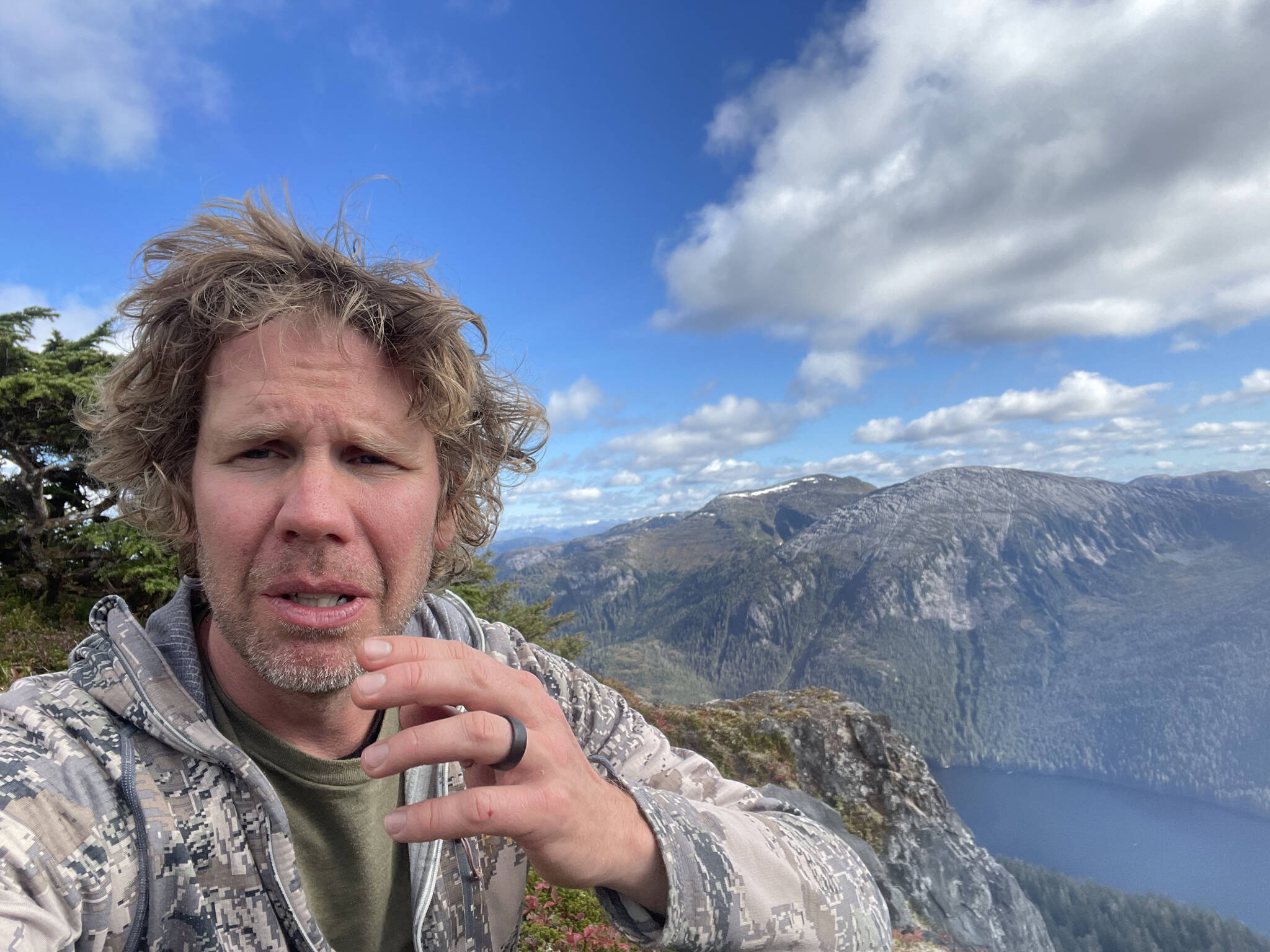I remember when underwater cameras became ubiquitous, meaning anyone with $100 could get a little handheld Kodak Playsport and capture subsurface action. But that was before Instagram so the world wasn’t able to get a look at so many photos and clips with such bad composition. It also meant that the professionals weren’t the only ones who could get a look under water.
Drones have proliferated in outdoor photography as well as the hunting realm which brings a unique documentation opportunity – not to mention ethical and legal elements. The thing is, drones, like underwater cameras before them, aren’t typically the difference between a quality film/video/episode or post.
I have becoming increasingly interested in why I like certain hunting and fishing films but not others, and think I have fleshed-out my reasoning. To be clear, just because I don’t like something doesn’t mean it’s bad.
A good hunting film comes down to creativity, storytelling and the protagonist. Film length doesn’t really matter. Two great films I watched recently were under 15 minutes, and one of my favorites ever has no words and is only 8 minutes long. I saw a 47-minute film about caribou hunting which didn’t feel drawn out, repetitive or otherwise distracting. I suffered through one that was over an hour long, but only 46 minutes was the actual hunt. It was largely forgettable. Two big names in the industry shooting caribou. By minute 15, I was rooting for the caribou.
Creativity and story should be closely aligned. A good visual product is about good storytelling. Beautiful, thorough B-roll doesn’t make up for a lack of creativity or storytelling. Pointless, random clips with an expensive camera are just pointless, random clips with an expensive camera. There were scenes in Avatar 2 that seemed like I was watching Blue Planet on BBC, not a movie with characters and plot. It was a beautiful graphics flex. It didn’t necessarily advance the plot, but it was impressive to watch.
People who buy drones or expensive cameras to assist in creative storytelling make the most of their money because they have a vision and enough experience to develop a style. People trash Michael Bay movies, but his films are as recognizable as they are successful. Outdoor films with creative, purposeful style get views.
Then there’s the protagonist. It might be less about making yourself a likeable character and more just avoiding being unlikeable. Flawed protagonists endure conflict in movies because flawed people endure conflict in real life. That’s why it’s so easy to switch-off feeder hunts or money-is-no-object hunts. There was no sacrifice, just a financial transaction to get another set of antlers on the wall. It has been so long since I bothered to watch the Outdoor Channel I can’t even comment about the programming. But I remember it being a buffet of egos, and TV personalities are not nearly as interesting as people. So I get my hunting videos from YouTube and don’t get the impression I am missing out.
Outdoor companies like Argali and GoHunt put out really enjoyable films featuring people who hunt, not TV hosts who never miss an opportunity to plug a sponsor. That’s not to say I am against hunters who become famous or have sponsors. Steve Rinella can, and does, go hunt wherever he wants, but his show was good well before Meateater the brand became a behemoth.
The good news is you don’t have to be Steve Rinella, Randy Newberg or anyone else. Telling your own story on your own terms has always been the recipe for success, and success has always been yours to define.
• Jeff Lund is a freelance writer based in Ketchikan. His book, “A Miserable Paradise: Life in Southeast Alaska,” is available in local bookstores and at Amazon.com. “I Went to the Woods” appears twice per month in the Sports & Outdoors section of the Juneau Empire.

